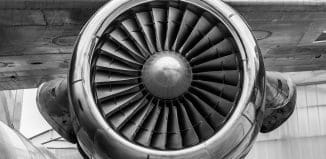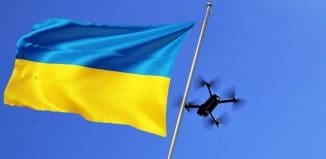Safety First: The UAV Version
This post is also available in:  עברית (Hebrew)
עברית (Hebrew)
Due to the rise in Unmanned Aerial Vehicles (UAV) being flown around other aerial vehicles, and due to the danger it poses, the American Federal Aviation Administration has warned UAV operators that activity of this kind could lead to fines as well as civilian and criminal pubishments. However, law enforcement in these cases is currently a challenge.
Last year, the FAA has apparently received 238 reports from pilots who detected a UAV flying near their plane. This year the numbers are even higher and the FAA has declared 650 reports on this matter. This situation can cause many dangers – and example is a case when fire-department planes were working on putting out a big fire but had to stop their work several times for security reason, when they saw UAVs hovering around them.
The FAA’s concerns are certainly understandable, but that immediately raises the question – how much can the FAA or any other agency do to catch those breaking the law and act against them? Only a handful of cases had been enforced when UAV operators were brought to justice. The reason for this lies in the difficulty to catch the operator, even if a pilot’s report is specific. By the time the FAA reports to law enforcement agencies and by the time they arrive to the field, chances are the culprit will be gone.
The probability, then, that the UAV operator who broke the aerial restrictions will be caught and bear the consequences is pretty low. Just like with cyber criminals, whose anonymity allows them to operate without being detected, UAV operators know that there is a small of them being caught and so they feel no obligation to obey the restrictions. Therefore, with a more restricted enforcement now only will the irresponsible operators be punished, they will also be used as deterrance for others.
A possible solution might be in a joint project between a security company and an unmanned systems company meant to check how many electrical devices are connected to the internet in the city of Austin, Texas. In this project, a sensor was installed on top of a UAV which flew over the city and mapped the location of electric devices in the city. This very same technology could be used to link between a UAV and its operator. If every drone sold will be equipped with a electronic chip identifying its operator and the information will be accessible to the FAA, it would be much easier to track the culprit and put them on trial. The sensor can be installed on commercial aerial vehicles and with a touch of a button the sensor will record the drone’s number and GPS coordinates.
Will drone operators continue to be as bold and break the FAA regulation should they know the chance to prosecute them is that much higher? Probably not.






























